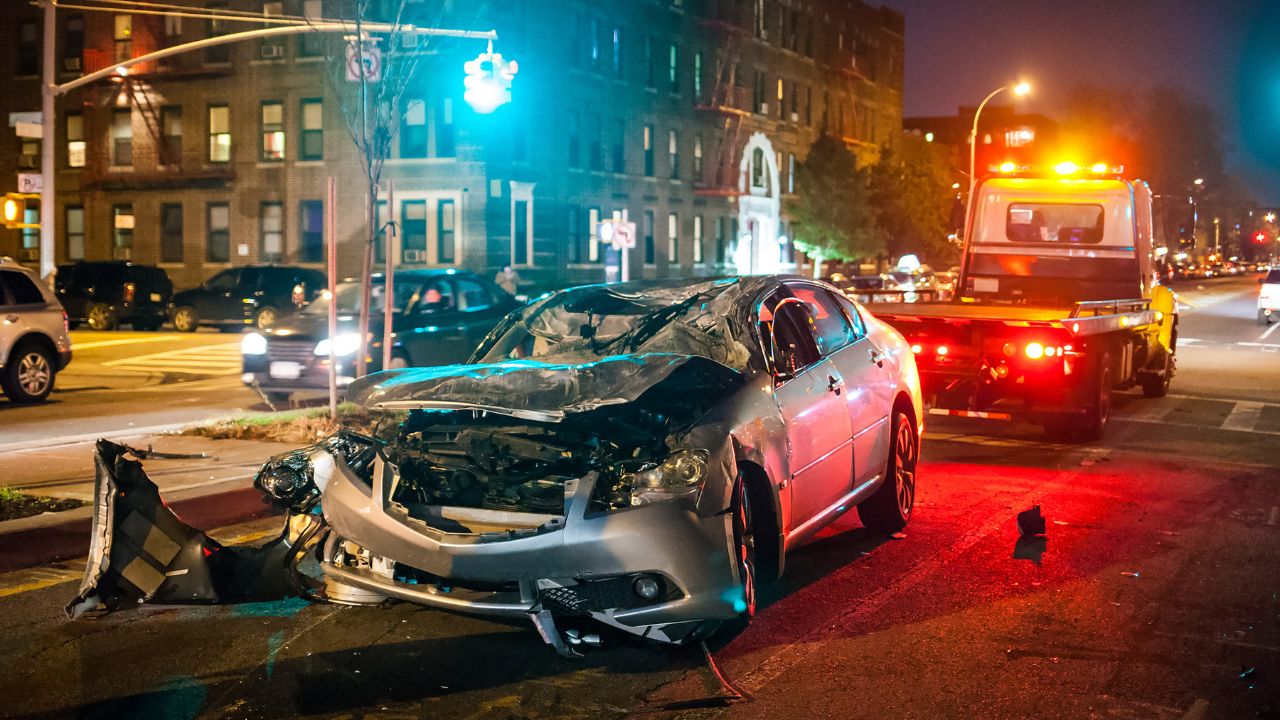Dallas DWI With A Deadly Weapon (2023) | North Texas Defense
Dallas DWI With A Deadly Weapon Charge
In a 2019 Texas Court of Criminal Appeals case, the state found that a person charged with a felony DWI can only be charged with using a motor vehicle as a deadly weapon if the vehicle was driven in a manner that could cause death or serious bodily injury.
In the Couthren v. State case, the court concluded there was no evidence that the auto-pedestrian accident was caused by reckless or dangerous driving.
Anyone arrested for a DWI in Texas with two or more prior DWI convictions faces a DWI – Felony Repetition charge. It’s a third-degree felony offense and brings severe penalties with a conviction.

If you face such a charge, contact a Dallas DWI with a deadly weapon attorney at Varghese Summersett. Our team has unmatched experience fighting DWI-related cases in North Texas.
What are Deadly Weapon Enhancements in Texas DWI cases?
For any felony offense in Texas showing the defendant used or exhibited a deadly weapon, the court shall enter a deadly weapon finding in the judgment. Cars and other motor vehicles aren’t deadly weapons but can be labeled as such if used in a manner capable of causing death or serious bodily injury.
A motor vehicle is not a deadly weapon, per se, but it can be if used in a manner capable of causing death or serious bodily injury.
What happened in the Couthren v. Texas DWI case?
In June 2012, Donald Ray Couthren II was driving after drinking two For Loko beverages. He was driving on a frontage road near Bryan, Texas when a pedestrian walking home from a bar stepped in front of his vehicle.
The pedestrian’s head was struck and went through Couthren’s windshield. The pedestrian suffered six broken ribs, a broken leg, and possibly a concussion. Couthren placed the unconscious victim in the vehicle and drove to his house nearby, where he was arrested.
What is the basis for a Reckless or Dangerous Deadly Weapon Finding in Texas?
Finding a defendant to be using a vehicle in a manner capable of causing death or serious bodily injury depends on whether the defendant’s driving is reckless or dangerous.
Reckless or dangerous driving can be demonstrated with evidence of speeding, ignoring traffic signs, fishtailing, damaging property, driving on the wrong side of the road, nearly hitting another vehicle, failing to yield to traffic, or failing to maintain control of the vehicle.
Reckless and dangerous driving is a fact-sensitive inquiry based on specific testimony and the evidence presented in the record.
To this point, the act of a collision while a driver was intoxicated does not alone support finding the vehicle as a deadly weapon.
Since reckless and dangerous driving analysis is fact-sensitive, the Texas court reviewed two previous DWI cases involving a vehicle as a deadly weapon to compare if the threshold was met in the Couthren case.
- In Sierra v. State, police conducted a thorough on-scene investigation and determined that the defendant was speeding, despite no witness testimony of the accident. The court concluded a jury could reasonably find that the defendant was speeding and failed to maintain control of his vehicle.
- In Moore v. State, the defendant rear-ended a vehicle causing it to crash into another vehicle in a major intersection. There was evidence that the vehicle was going fast enough to cause this double collision and that the defendant either failed to apply brakes or applied them too late to avoid a collision. The court found that the defendant was using his vehicle in a manner capable of causing serious injury or death.
- In Tyra v. State, the court cited as a footnote a case in which the evidence showed the defendant was too drunk to control the vehicle, which demonstrated recklessness.
In all three cases, enough evidence existed to demonstrate that intoxication caused the defendant to not be in control, thereby making the vehicle a deadly weapon.
Why the facts in Couthren v. State failed to prove a vehicle as a deadly weapon
At about 2 a.m. June 16, 2012, Couthren was driving on a frontage road after admitting to drinking alcohol hours earlier.
Couthren’s car struck the victim, who was walking home from a bar after when the victim stepped in front of Couthren’s vehicle. The victim decided to walk home because he had two previous DWI charges and was concerned about a third. The victim’s head hit Couthren’s windshield and was bloody and knocked unconscious.

No witnesses or passing vehicles were present. Couthren planned to take the victim to the hospital but first drove him to his nearby house to exchange cars with his girlfriend. While home, Couthren was involved in an altercation when the police were called, and he was arrested.
The Texas Court of Appeals could not determine the manner of Couthren’s driving when the man was hit.
The only evidence in the case was Couthren admitting to drinking two Four Lokos and driving about 30 mph when the accident occurred.
Police on the scene testified Couthren appeared intoxicated with slurred speech and swaying.
Officers also noted that the victim was hit pretty hard, and the defendant did not drive the victim immediately to the hospital.
The officers did not testify about the speed limit on the frontage road and did not investigate brake or skid marks to determine how Couthren was driving.
The evidence did not demonstrate the inference of speeding as in the Moore case, so the court couldn’t determine the car was a deadly weapon.
The court determined the evidence did not meet the threshold of being reckless or dangerous.
What about Couthren not taking the victim immediately to the hospital?
The prosecutors alleged that Couthren’s decision not to take the victim directly to the hospital and to drive with a broken windshield was additional evidence of the reckless and dangerous standard.
The Court of Appeals disagreed, saying that Couthren’s decision to drive might have been reckless, but that didn’t automatically make his car a deadly weapon.
Plus, they noted that only the passenger side of the windshield was cracked per the officer’s testifying that the driver’s side appeared clear enough for a driver. The court dispensed with the second argument, finding Couthren did not use a deadly weapon in his DWI charge.
Are you or a loved one facing DWI with a Deadly Weapon? Call us.
If you are facing a DWI with a Deadly Weapon charge in North Texas, consulting an experienced Dallas DWI with a deadly weapon attorney is crucial.
The defense team at Varghese Summersett includes former prosecutors and Board Certified specialists with decades of experience fighting all types of DWI cases. Our dedicated team will fight for you.
For a complimentary consultation, call us at 214-903-4000 or contact us online.



